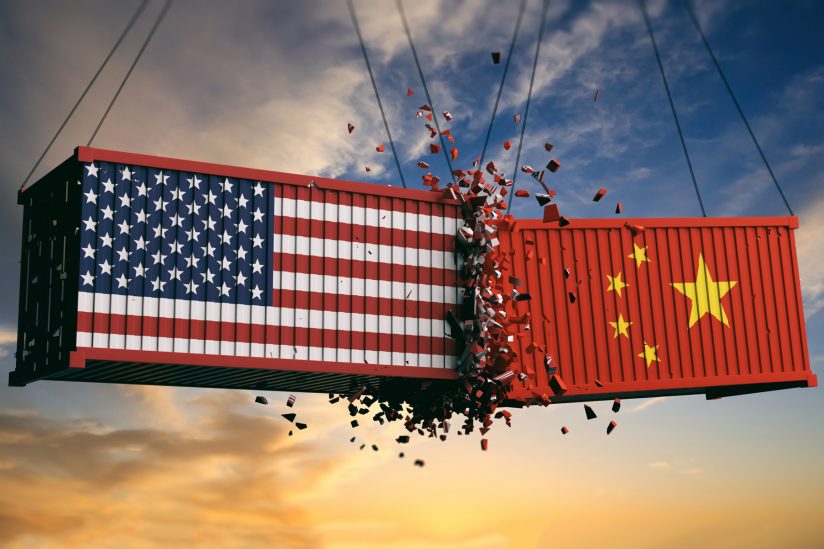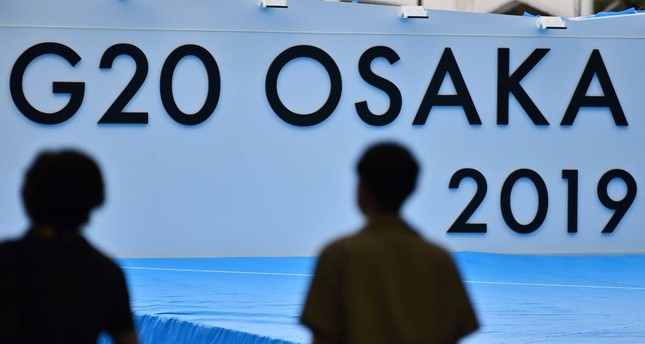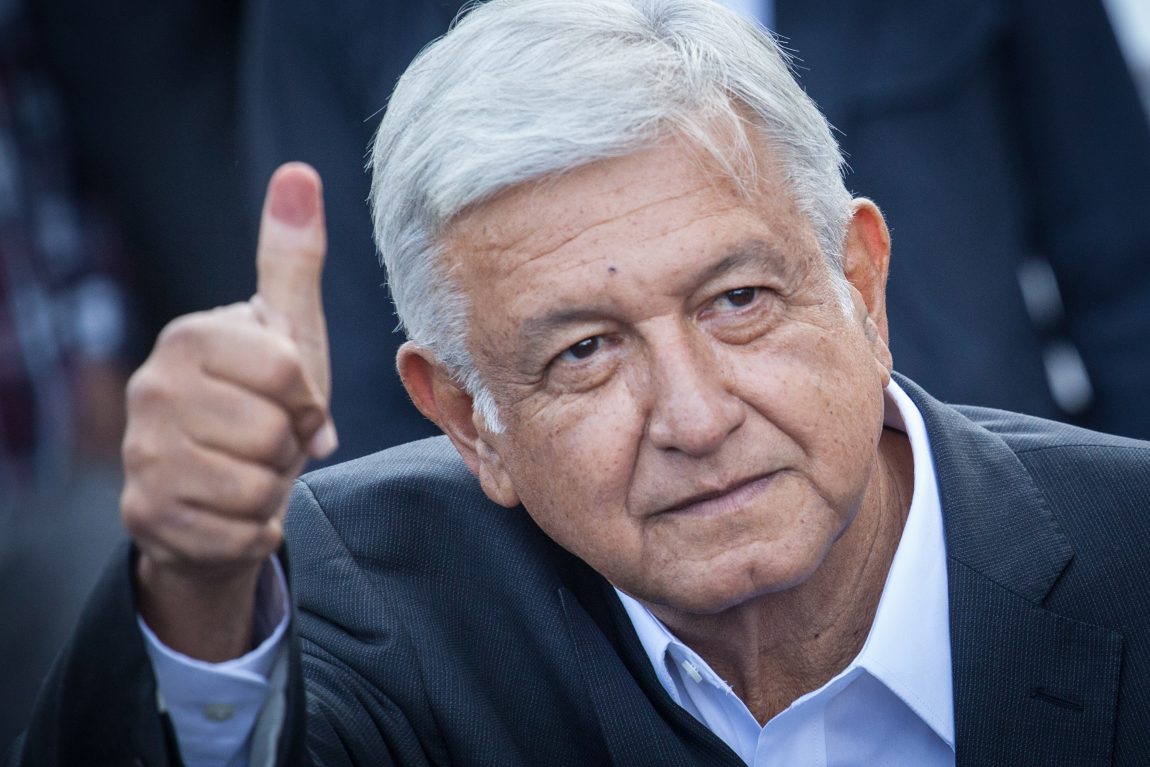As widely reported, the United States will start fresh talks with Mexico this month over the North American Free Trade Agreement (NAFTA). Having been very vocal about the trade pact and repeated threats to certain aspects of it, US President Donald Trump and commerce secretary Wilbur Ross have confirmed August 16th as the start of renegotiations with their southern neighbor.

In interviews with a number of market analysts and strategists focused on Latin America, it is clear that uncertainties surrounding the NAFTA agreement could delay or reduce investments. According to the Peterson Institute for International Economics (PIIE), if NAFTA was to come to an end, the peso would probably devalue by more than 25 percent. Mexican-produced cars would be likely to become more competitive in the United States, which would further add to the trade deficit in contrast to what the US administration is trying to achieve.
If somehow, Trump is able to carry out his campaign promises, they would be unlikely to cause a real climb in Latin American policy rates, with the exception of Mexico. Inflation generally ticked upwards in Latin America throughout 2016 on the back of challenging weather conditions that put pressure on food prices. This trend has since dissipated thus far in 2017. In response, the central banks of Colombia, Chile, Peru and especially Brazil have eased their benchmark interest rates.
Regarding the nominal exchange rate, no Latin American countries reported major depreciations when Trump won the presidential election. “Once again, the strongest volatility was seen with the Mexican peso. In 2016, the currency depreciated by 19 percent against the dollar, but in mid-January of this year, it began to rebound,” according to Patricia Krause, chief Latin American economist with global trade risk firm Coface.
For an update on market sentiment on Mexico, NAFTA, and any potential hard policy shifts, we spoke with Mark Zandi, chief economist with Moody’s Analytics. Read on for an edited version of our exclusive interview.
What are markets expecting once NAFTA renegotiations begin this month?
Mark Zandi: Not much. Investors don’t view the renegotiation of NAFTA as resulting in changes that have significant macroeconomic consequences.
Do you see either side at an advantage? If so, who and why?
MZ: The US has an advantage, simply because it is the biggest market. But it is unclear what changes the administration wants, and whether any changes will matter much to overall trade flows. I suppose the one change that could matter is how much North American content must be in goods flowing into the U.S.
As an emerging market, what leverage does Mexico have in any negotiations?
MZ: Mexico doesn’t have any leverage in the negotiations, but it won’t need it. Nothing the U.S. would want in a revised NAFTA agreement will mean much to the Mexican economy. Particularly as the dollar/peso exchange rate will adjust to offset the impact of any changes.
How will NAFTA renegotiations impact the dollar and peso?
MZ: There might be significant short-term volatility in peso/dollar depending on how tense the negotiations are, but given that little will come out of the negotiations, there should be little long-run impact.
“Bottom line, I think that the US desire to renegotiate NAFTA is much ado about nothing. I don’t think there will be changes that materially change the US-Mexican trade balance or result in more US jobs.”







